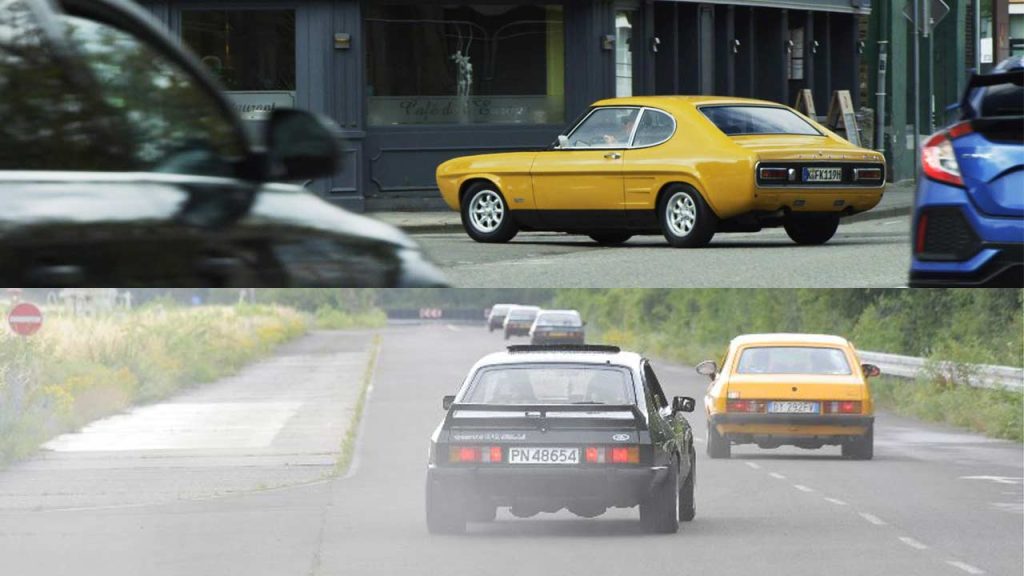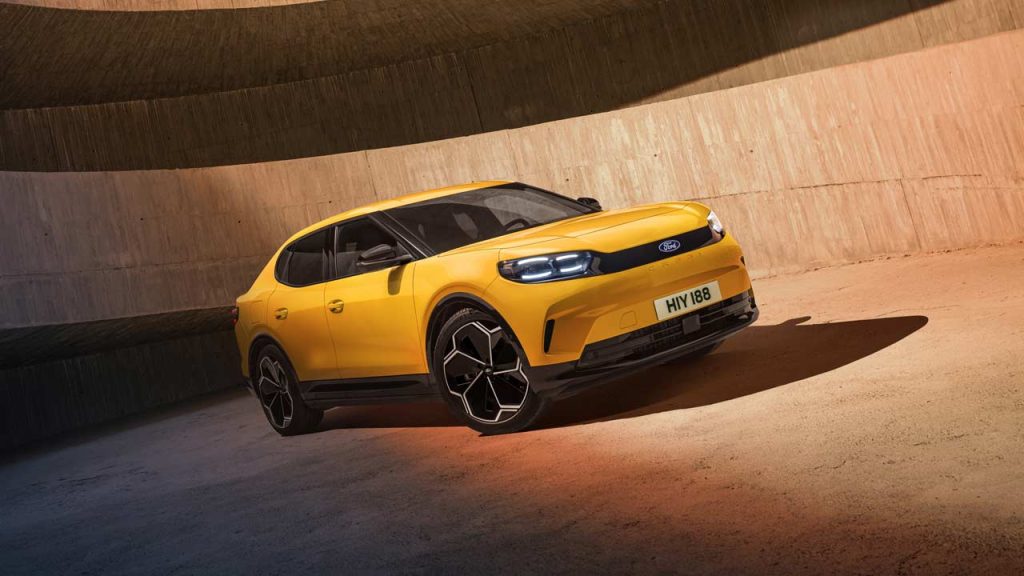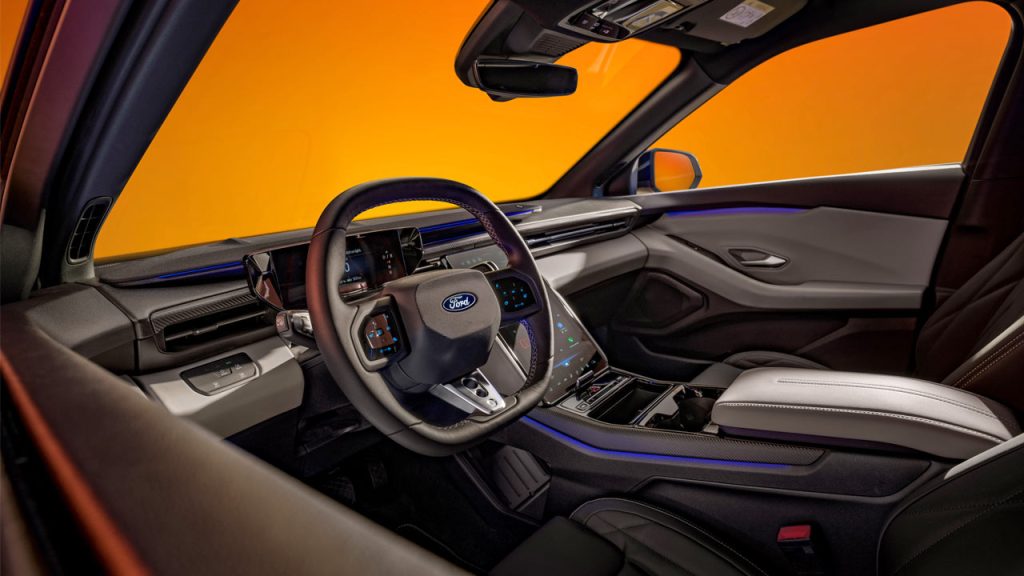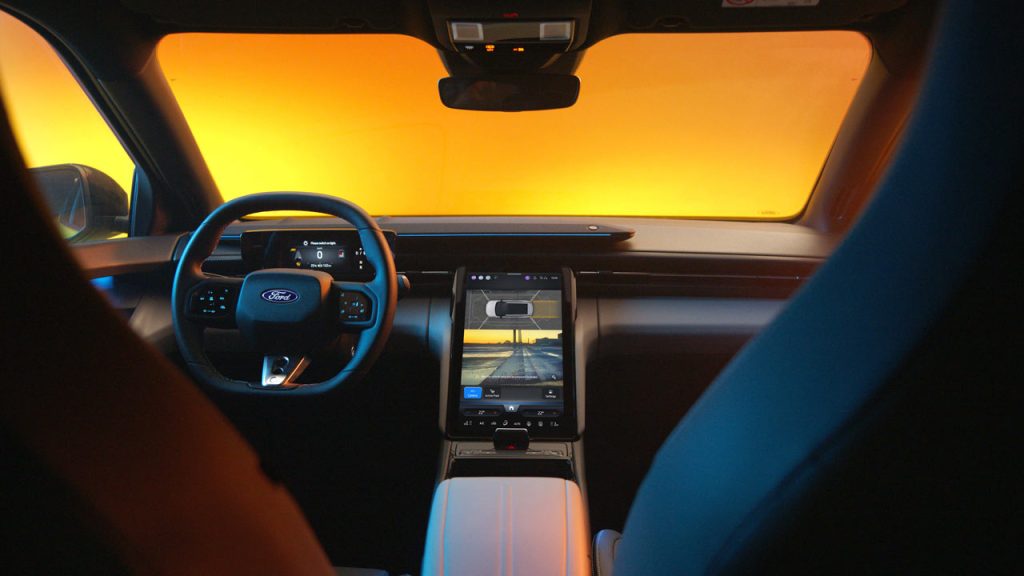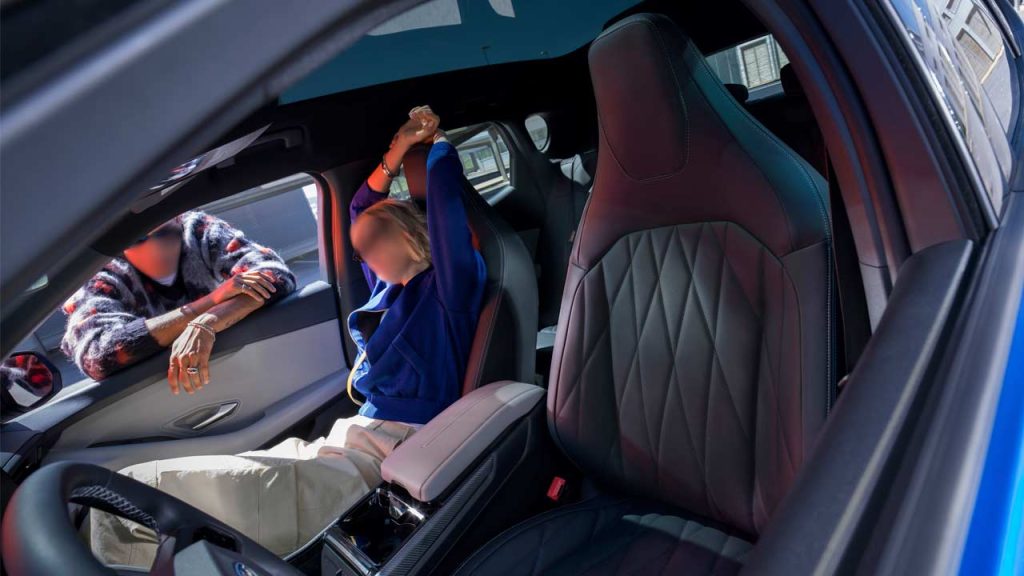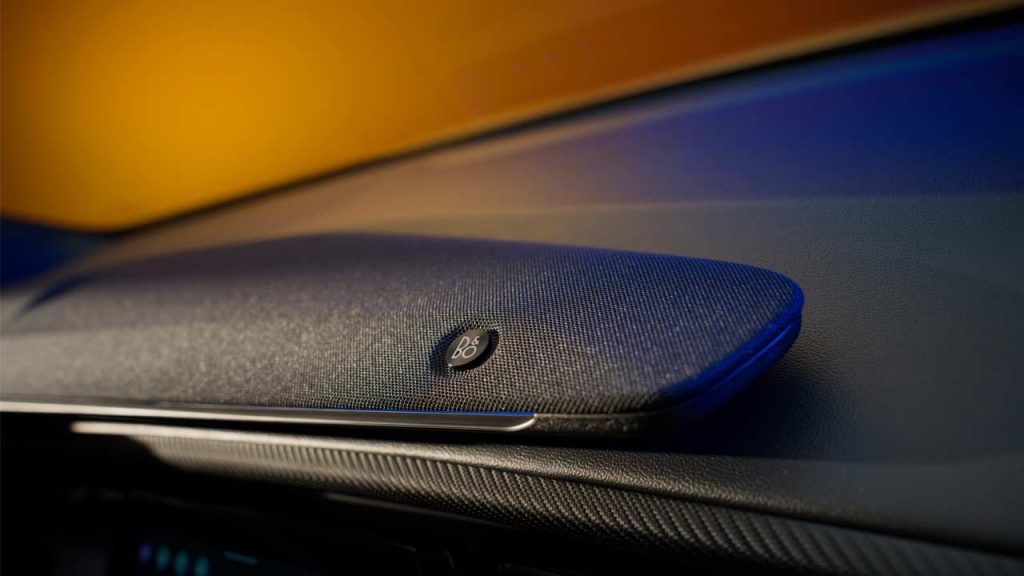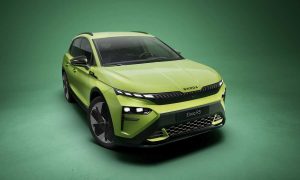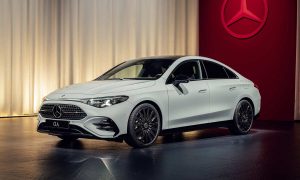I’m not sure who at the Ford Motor Company suggested the use of the ‘Mustang’ branding for an electric SUV, but clearly, it did not yield the desired results. The so-called Mustang Mach-E is nowhere near the Top 20 best-selling EVs in the world. Was it the Porsche Taycan‘s use of ‘Turbo’ branding that inspired Ford’s marketing team? We may never know. But the marketing team is back again, doing the same thing. It’s called the Capri EV. Promotional prices start at €50,911 in Germany and £48,075 in the UK (OTR), with estimated delivery time of 20 and 16 weeks, respectively.
For the uninitiated, the Ford Capri was a two-door fastback coupe that existed in Europe, North America (Mercury Capri), Australia and South Africa, between 1968 and 1986. There were three generations during its production run, and I guess the most powerful factory model had a 3.0L V6 with an optional ‘X Pack’, offering 138 kW or 188 metric hp. And, as you can probably see, this namesake Capri makes a rather lousy attempt to adopt some of the styling cues, such as the front grille and lights combo, the side window line, and a fastback-like rear rump. However, I’m not fully convinced of the design lineage.
This new Capri EV we are seeing here, comes courtesy of the Volkswagen Group. In other words, it is built on the Group’s MEB platform, more specifically, the one that underpins the ID.4/ID.5. According to multiple credible reports, the ID.4 is one of the top-selling BEVs in the world. It remains to be seen if the statistics work in favor of Ford. In case you didn’t know, the Capri EV is the second Ford-branded model to use the MEB platform; the first one was the Explorer EV.
But anyway, the Capri EV falls under the compact crossover SUV segment (C-segment) in Europe, as is the case with its platform step-siblings. It measures 4,634 mm long, 1,872 mm wide (without mirrors) and 1,626 mm tall, with a wheelbase of 2,767 mm. Yes, it is smaller than the Model Y, but slightly bigger than the Volvo XC40. The standard Capri rolls on 19-inch wheels, while the Capri Premium boasts 20-inch wheels. There’s a 21-inch option as well for those who’d like to spend more.
There are two variants available: a rear-motor rear-wheel-drive and a dual-motor all-wheel-drive, with battery capacities of 77 kWh and 79 kWh, respectively. The RWD model offers 210 kW (286 metric hp) and 545 Nm (741 lb-ft), while the AWD model’s figures are 250 kW (340 metric hp) and 679 Nm (923 lb-ft) (front & rear combined). As for ranges, the Capri RWD is estimated to offer a WLTP range of up to 627 km (390 mi), while the AWD model is estimated to offer up to 592 km (368 mi). The official o-100 km/h (62 mph) sprint time for RWD is 6.4 seconds, while the AWD’s is 5.3 seconds. The top speed appears to be limited to 180 km/h (112 mph) in both.
Inside, key highlights include a 14.6-inch central touchscreen, a 5-inch digital cluster, 12-way power & memory front seats, heating function for front seats, heated steering wheel, dual-zone climate control, wireless Apple CarPlay & Android Auto connectivity, a wireless smartphone charging pad, a 7-speaker audio system, a 10-speaker B&O audio system (Capri Premium), adjustable ambient lighting (Capri Premium), and a handsfree tailgate (Capri Premium). AGR-approved ergonomic front seats and a panoramic glass roof are optional extras; the latter is standard in Capri Premium (UK market).
Standard ADAS suite includes Blind Spot Information System, Clear Exit Warning, Cross Traffic Alert with Active Braking, Driver Alert, Evasive Steering Assist, front & rear parking sensors, Adaptive Cruise Control with Stop & Go, Lane Departure Warning, Lane-Keeping Aid, Pre-Collision Assist, Reverse Brake Assist, Traffic Sign Recognition, and Wrong Way Alert. Head-up display, Active Park Assist, Lane Centring, Assisted Lane Change, and a 360-degree camera, are all part of an optional pack.

Leave a Reply
Note: Comments that are unrelated to the post above get automatically filtered into the trash bin.


